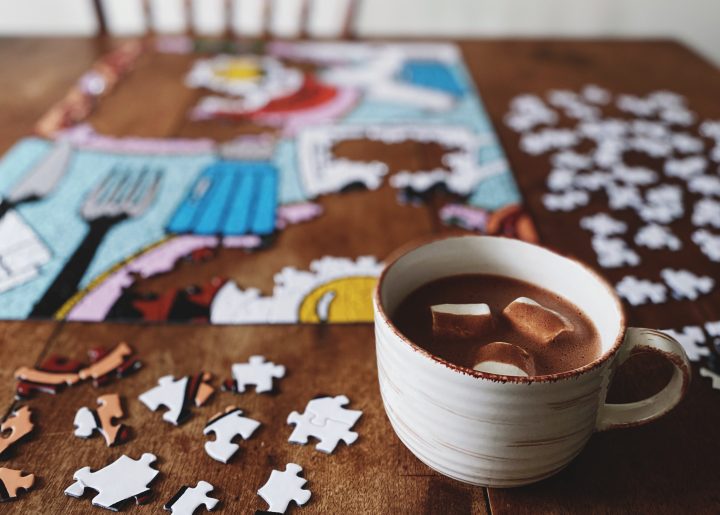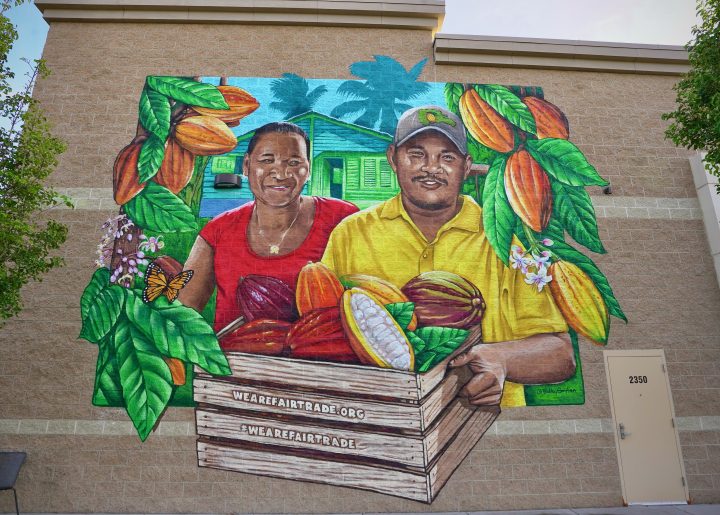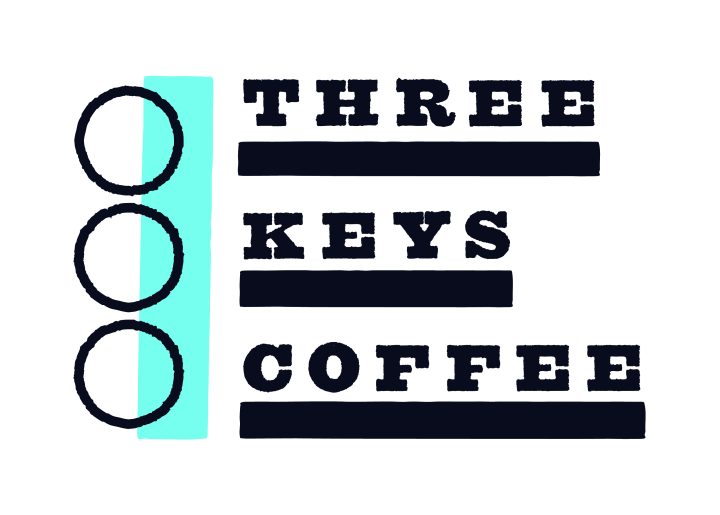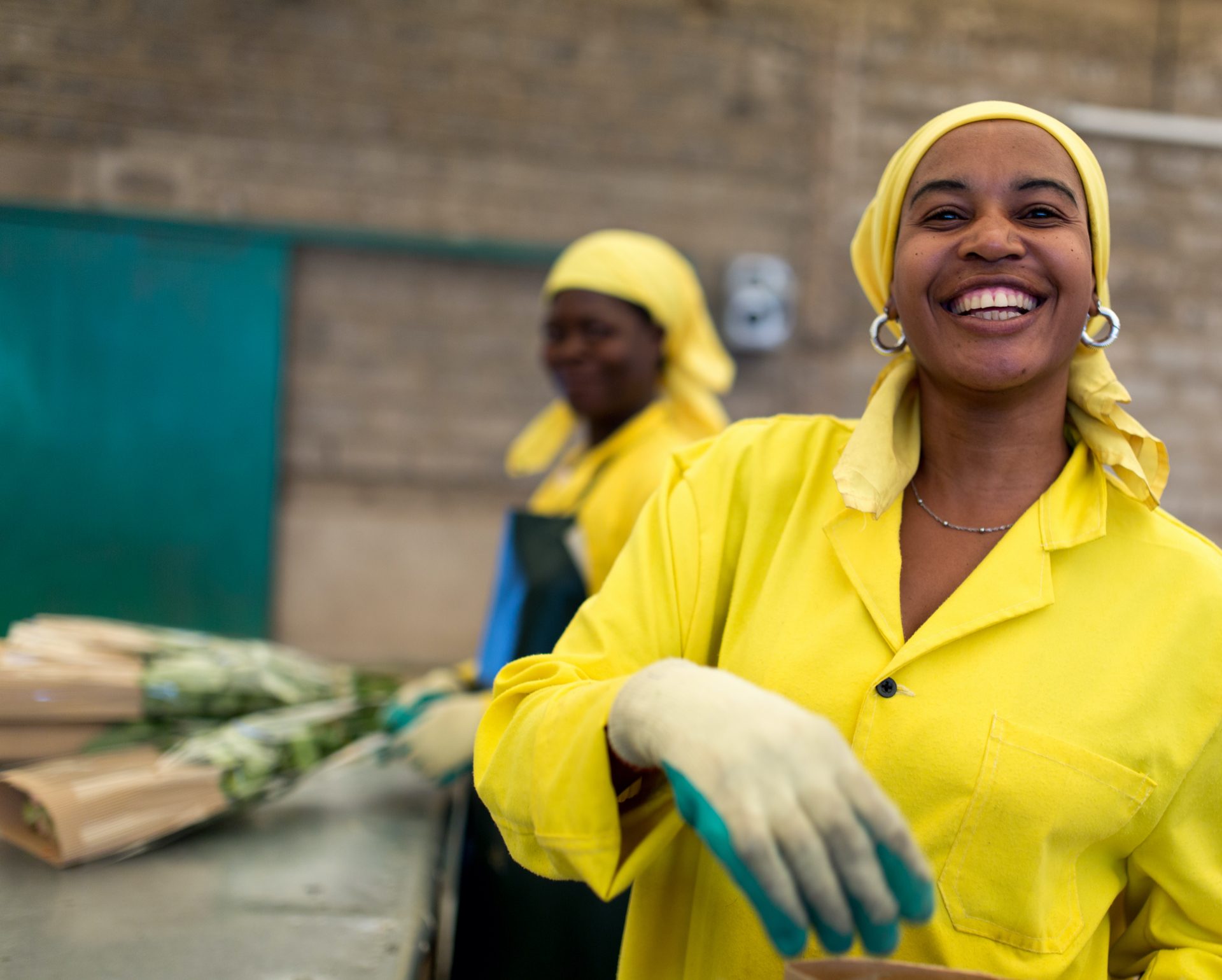Dear fashion brands, what are you waiting for?

Fashion brands, we have some questions for you. It’s been three years since Fairtrade launched its Textile Standard and Program so workers in the industry can enjoy better wages and conditions. But the big players in the fashion business are still reluctant to sign up. Why?
To be honest, we are feeling a bit let down. Remember when we launched our Textile Standard in 2016? It was hard to miss since the backlash was all over the trade press. Some didn’t like our approach but that couldn’t stop us. We put years of work into this standard and consulted thoroughly with many, many stakeholders – most importantly with workers themselves – and we came up with the most holistic standard the industry had ever seen. But then, what happened?
At this point, I want to congratulate the committed German brands who are working tirelessly to get some of their supply chains certified under the standard. Take a bow, Brands Fashion, 3FREUNDE, and MELAWEAR, the world needs pioneers like you! In addition, there are 28 factories in India working to address issues of health and safety, wages, worker representation, social security, environmental protection and productivity under the Fairtrade Textile Program. Hats off to you as well! We also really appreciate the many brands who source Fairtrade cotton as a step towards more sustainable production – cotton farmers do deserve a better deal for the hard work they do.
Still, we all know that there’s much more to tackle in the fashion business. Here are a few examples:
- Workers who make the world’s clothes should be able to clothe themselves, as well as feeding and housing themselves and their families, and being able to afford healthcare, education, and transport. In short, textile workers deserve a living wage, just like everyone else.
If you’re wondering how much a living wage is – no worries, we’ve calculated it. Or rather, a group of researchers has done it under the umbrella of the Global Living Wage Coalition. Check out the benchmarks for Dhaka and Tirupur on the coalition’s website, while more are underway. The Fairtrade Textile Standard says workers must be paid living wages within six years of certification. Some say that’s too long, some say it’s not long enough. We say it’s a realistic timeline given the huge gaps between current wages and living wage level. And yes, it doesn’t come cheap for brands. But the human cost of keeping workers in poverty is way higher. - Workers deserve to be safe. Every year, Fashion Revolution – held around the anniversary of the collapse of Rana Plaza that killed more than 1,100 Bangladeshi garment workers – is a painful reminder that this is still not the case in many fashion factories. Our standard sets criteria for safe workplaces and buildings, but also for the use of protective equipment and handling chemicals.
- Workers are humans, and humans need free time and sleep – otherwise they risk accidents in the workplace and don’t get to spend time with their friends and families. Excessive overtime is a well-known issue in the sector, and one that needs true commitment in order to tackle it. At Fairtrade, we want to do our bit by showing how brands can be both profitable and ethical. Under the Fairtrade Textile Standard, working hours are regulated, and so are employment contracts and temporary work. We also make recommendations on fair buying practices – yes, including around production peaks – and long-term contracts.
- Workers must be able to stand up for their rights. Our standard helps clear the way for workers to unionize and includes training on their rights, as well as democratic representation in the company, internal communication and complaints management. Which leads us to the next point.
- Nothing is perfect. That’s why it’s all the more important to have robust mechanisms in place when things go wrong. Under the Fairtrade Textile Standard, factories must come up with grievance procedures that that allow local NGOs or trade unions to support workers, so someone has their back throughout the process.
So, dear fashion brands, how about it? It’s all there, ready to be put into practice. Only you are really missing. To be clear: this is not about us. Above all, it’s about garment workers. And it’s about shoppers who want to know who made their clothes under which conditions. We certainly don’t claim we will change the fashion industry overnight. But we really want to try. Together. With you. Are you in?
Topics
We’re in this together
Fairtrade America partners with brands on the journey to certification and beyond. We can help with everything from finding a certified supply chain to marketing your newly certified product.
Get in Touch



